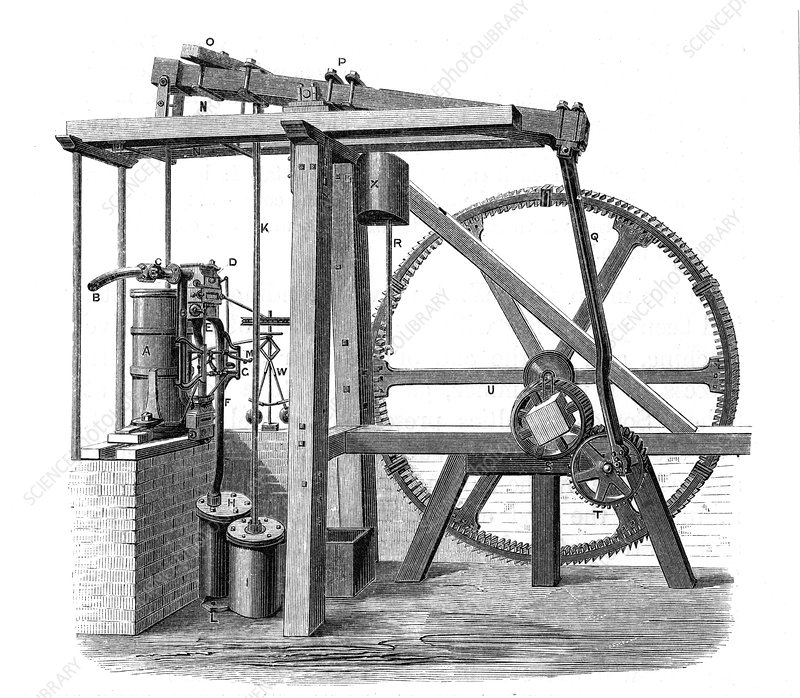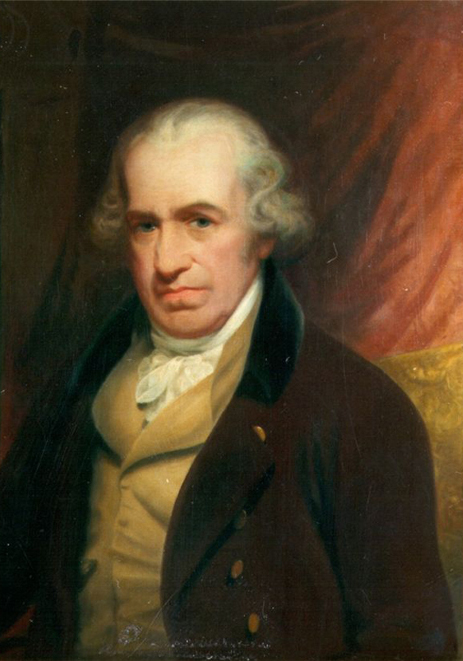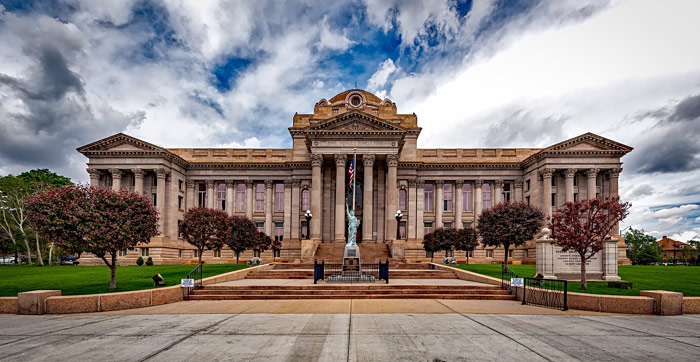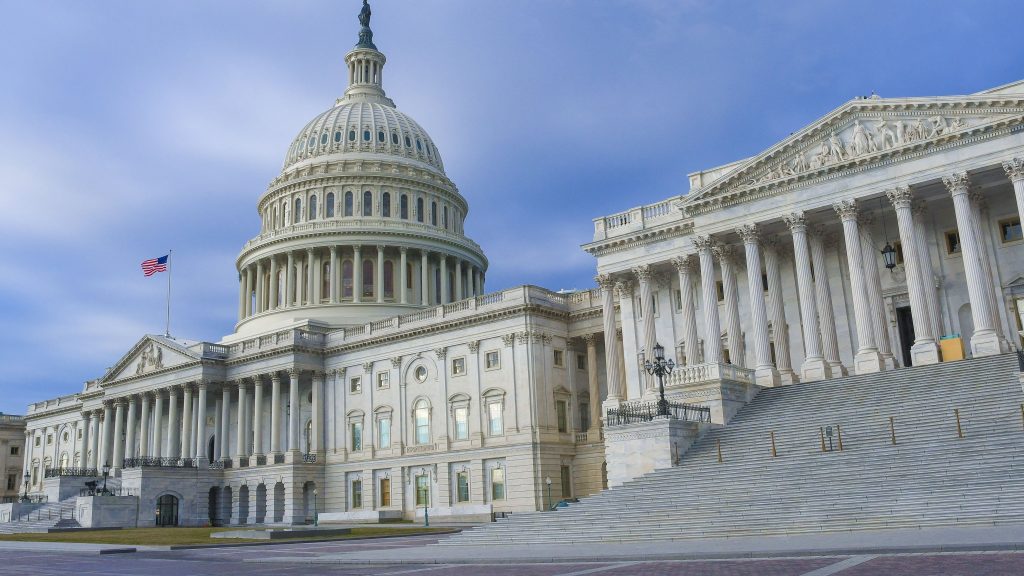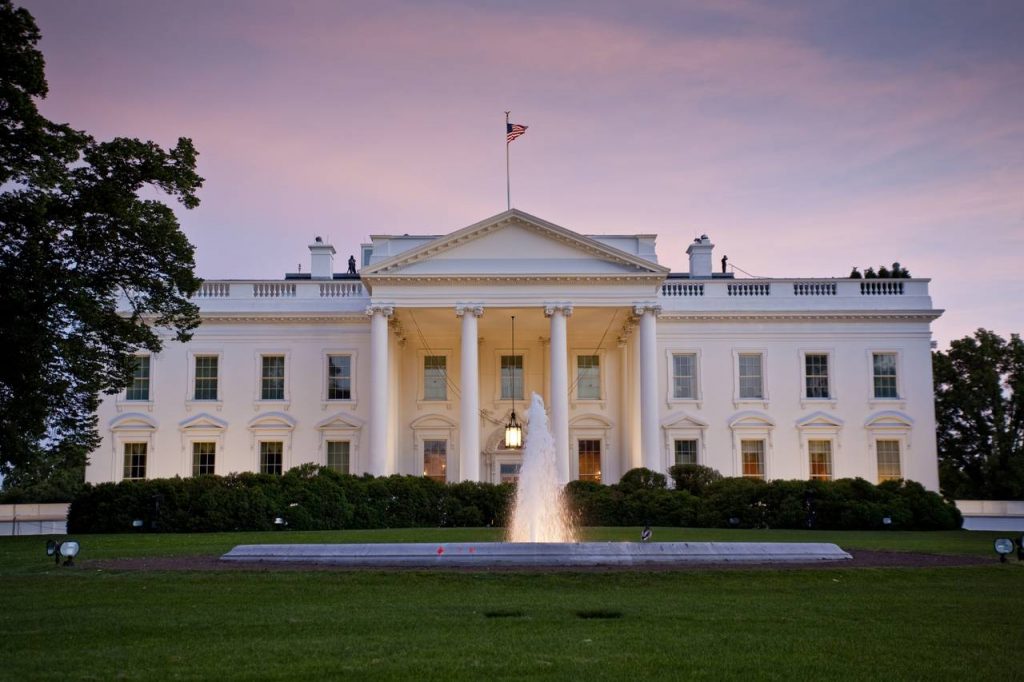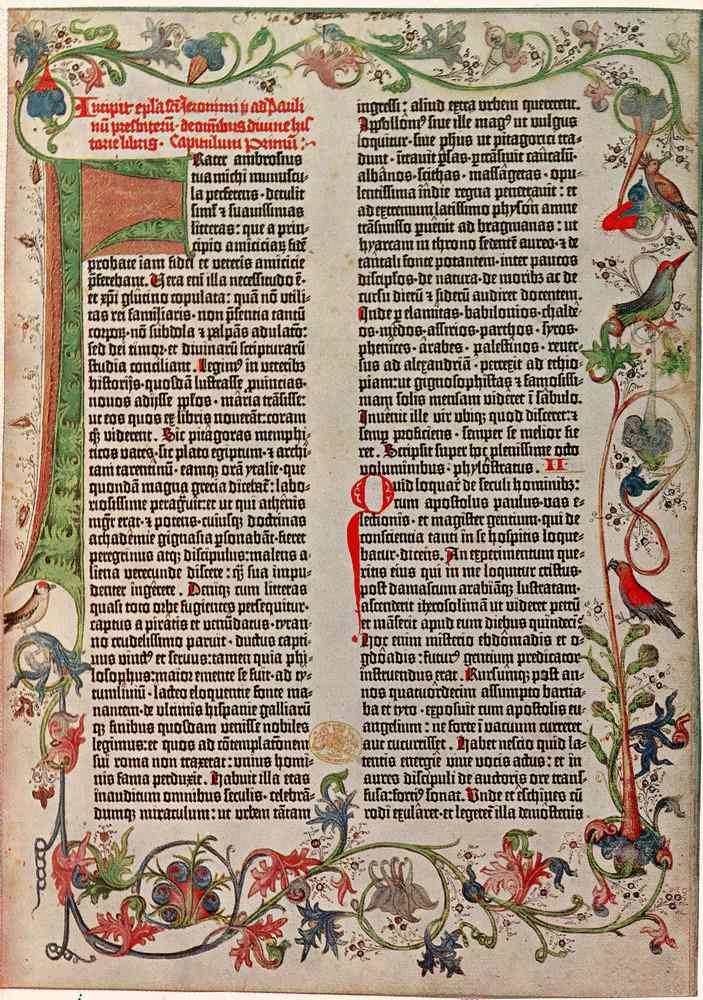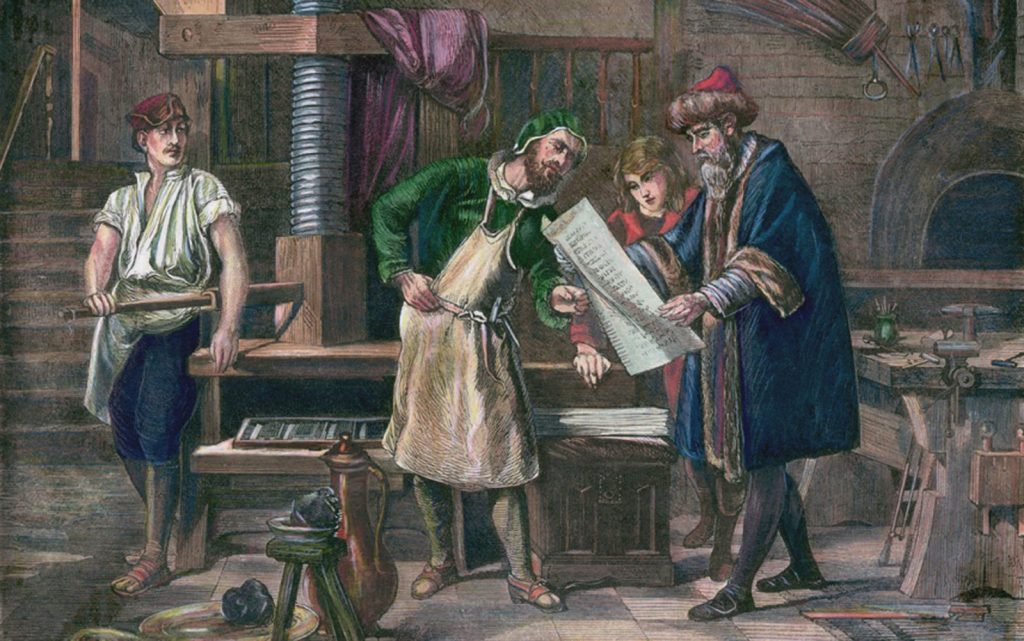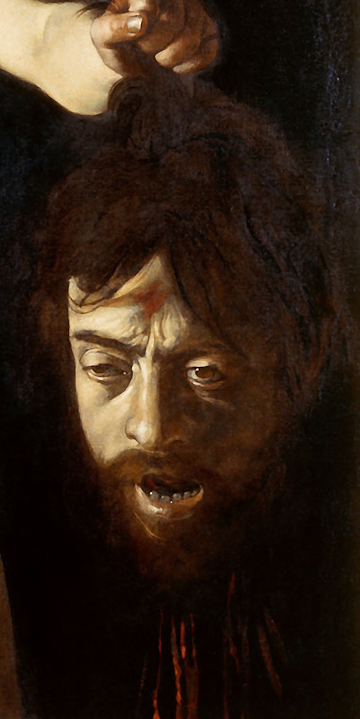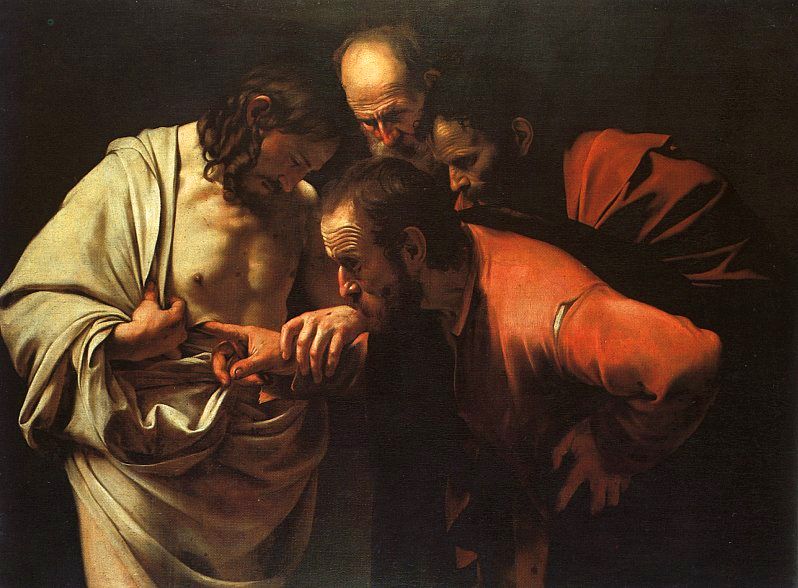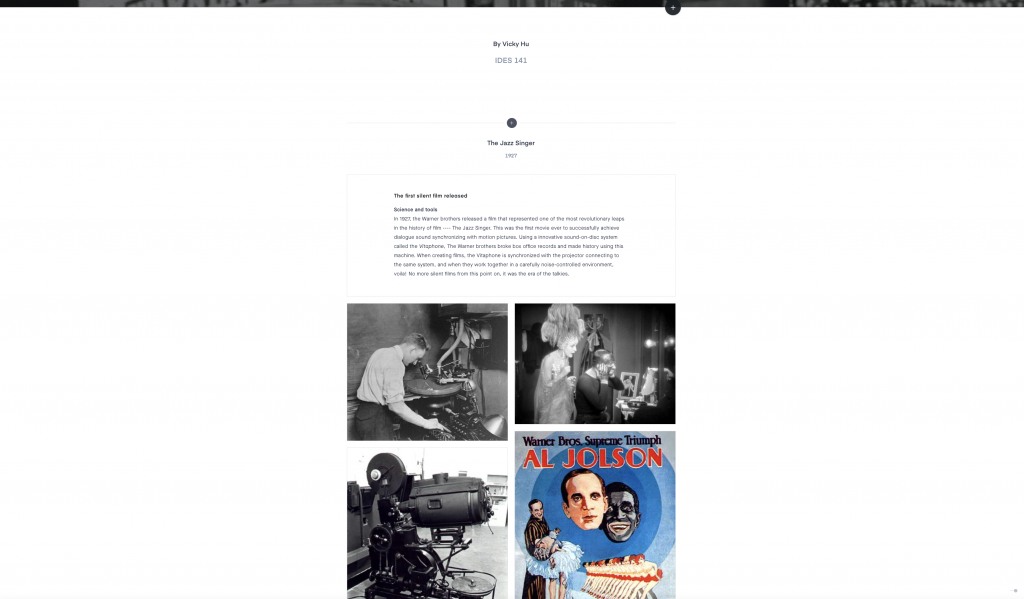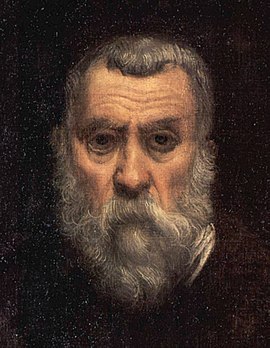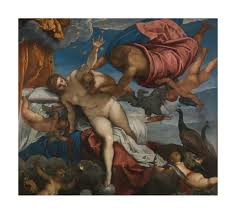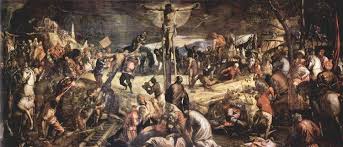The most famous female Neoclassical/Rococo painter in France.
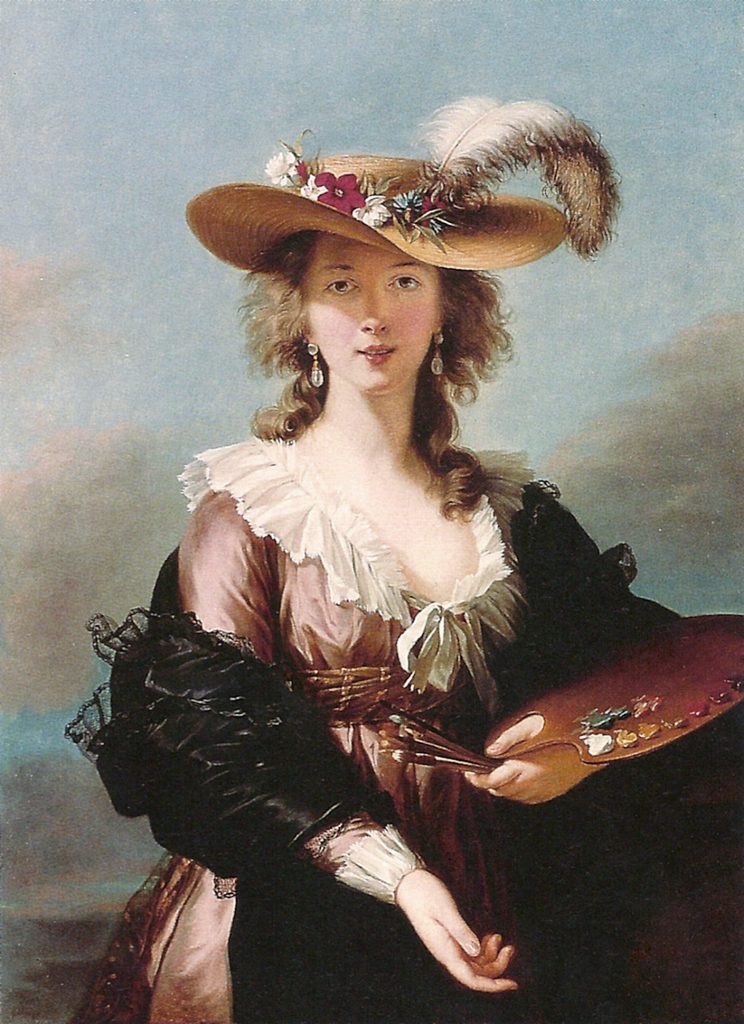
Vigée Le Brun was a master of portrait painters for the aristocrats and monarchy during the time around the French Revolution. How did she become so successful as a female artist at that time?
The life of Vigée Le Brun
At the age of 12, her father, who was also a portrait painter, passed away and Vigée Le Brun took on his legacy of painting. She was very successful for such a young artist, as she was in high demand for commissions by the age of 15, and was able to financially support her whole family. By the age of 19, She was accepted into Académie de St Luc, even though very few women were able to join. Her most famous client, Marie Antoinette began to commission her for portraits at the age of 20, and during this time Vigée Le Brun produced some of her most famous works. It is quite clear that she is considered to be a very noble and high-class woman, especially at the time of the revolution. However, in 1789 she fleed France to avoid the riots and catastrophe that came with the revolution, travelling across Europe with her 9-year-old daughter. She was able to enjoy a wealthy life even after leaving France, as she continued to receive commissions from nobility across Europe, maintaining a stable income. She returned to France and settled in 1809, having lived a successful life as an artist.
Artworks
It is believed that Vigée Le Brun’s art often blurred the lines between Rococo and Neoclassical style, as seen in her choice of subjects and use of color.
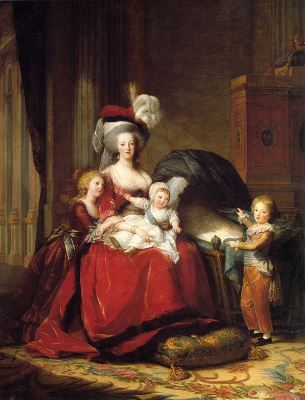
This painting of Marie Antoinette was believed to be a propaganda painting, as it depicts her in her most formal attire, full of love and care for her children. However, this was the opposite of her true lifestyle. Vigée Le Brun chose a pyramid-style composition, which is a reference to the Madonna paintings by Raphael. The way she paints soft, glowing skin tones is really remarkable, I think this is a common trait of the romantic Rococo style portraits. Her usage of colors here really emphasizes the theme of royalty and nobility.
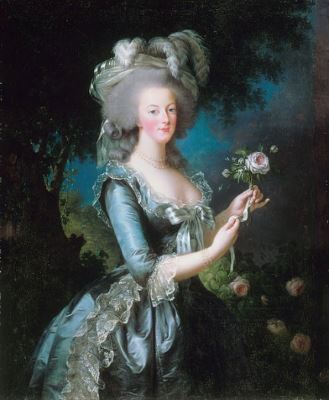
The beautiful silky texture of the blue dress and the soft blending of the garden in the background really reminds me of Fragonard’s paintings too. Classical Rococo themes. I love how she uses a really dark background to make Marie Antoinette stand out as if some divine light was shining on her. However the background doesn’t look ominous or menacing although it uses dark colors, it still looks rather soft and tender.
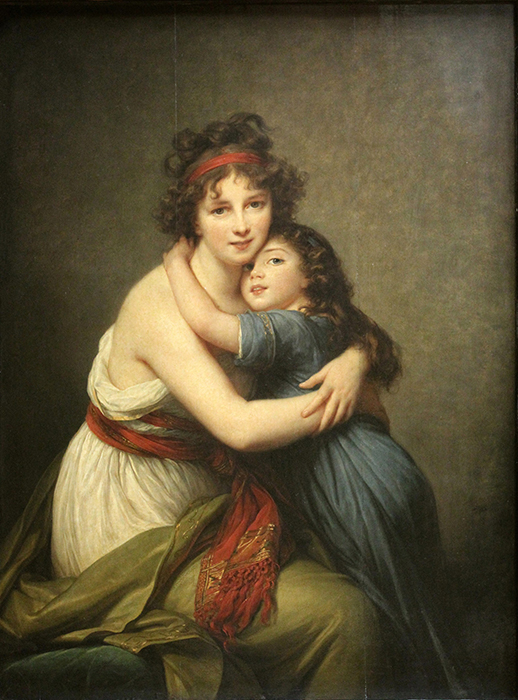
I absolutely love this painting, Vigée Le Brun showed motherly love in such a beautiful way. Something that stands out is their attire, rather than the luxurious puffy dresses at the time, they are wearing what seems to be similar to Ancient Greek/Roman robes. I think this represents the Neoclassical themes that are beginning to emerge at the time, especially seeing how Neoclassical architecture also references Ancient Greek/Roman themes.
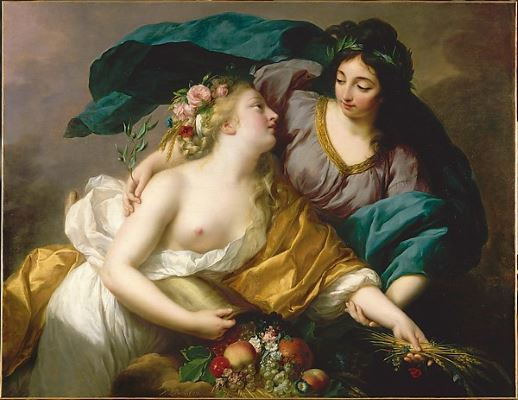
Another combination of Rococo and Neoclassical art style. Abundance (on the left) is a classic representation of the flowery, glowing softness that is iconic to the Rococo period, while Peace (on the right) is depicted as more of a leader with a serious feeling that conveys a sense of power and freedom. But that’s just my personal opinion on what I feel about the figures.
Reflection
Overall, I absolutely loved learning about the stories and artworks of Elisabeth Louise Vigée Le Brun, especially since she is a female artist. I was really impressed with how successful one can become by just painting, even if you are a woman in the middle of a crazy revolution! She really carried her whole family through a big disaster, and I think she’s a really intelligent and strong woman. To me, it seems like her life was extremely successful and it makes me really happy to see historical women being this successful since it is very rare. She definitely made an impact on the transition between Rococo and Neoclassical art styles, she blends the two elements together very well.
Sources
https://www.theartstory.org/artist/vigee-le-brun-elisabeth-louise/artworks/
https://www.nationalgallery.org.uk/paintings/international-womens-day-elisabeth-louise-vigee-le-brun
